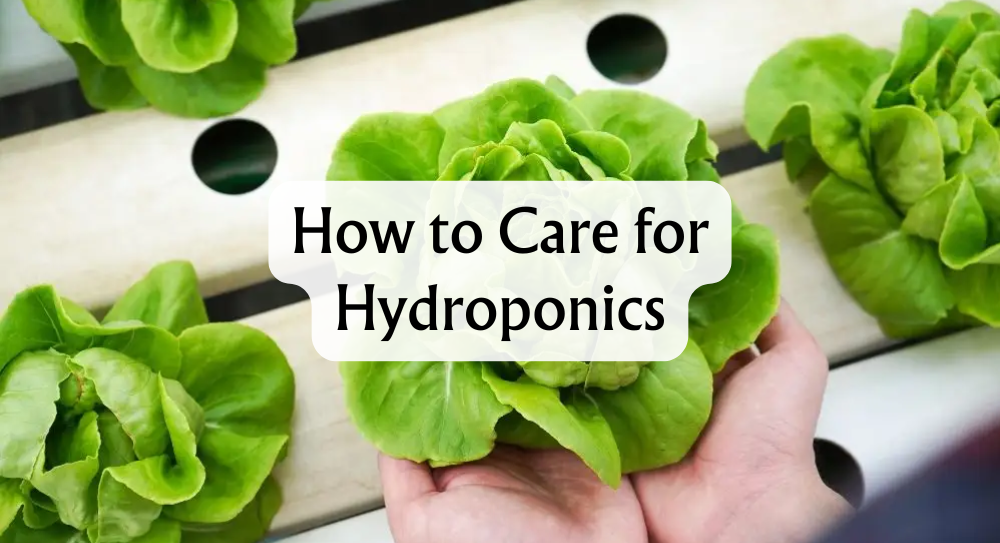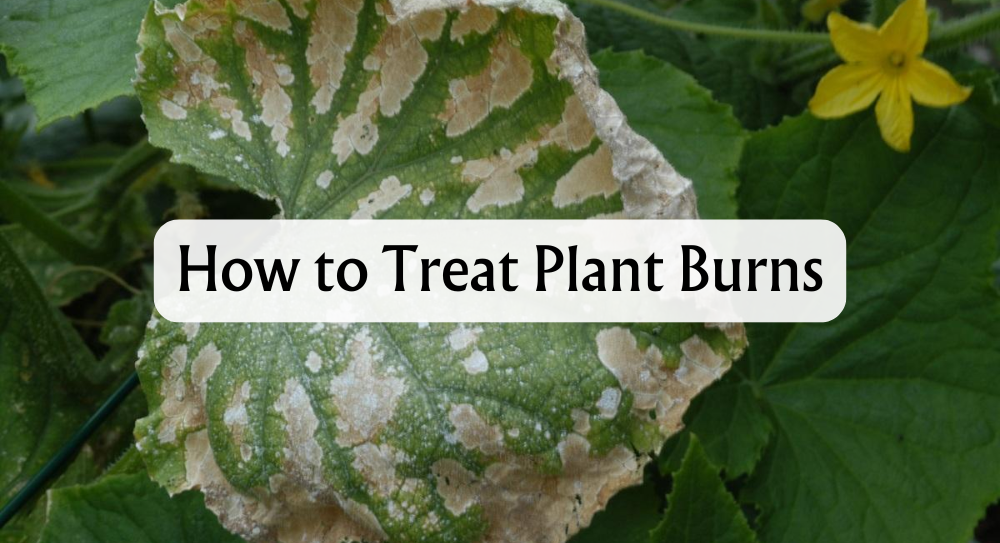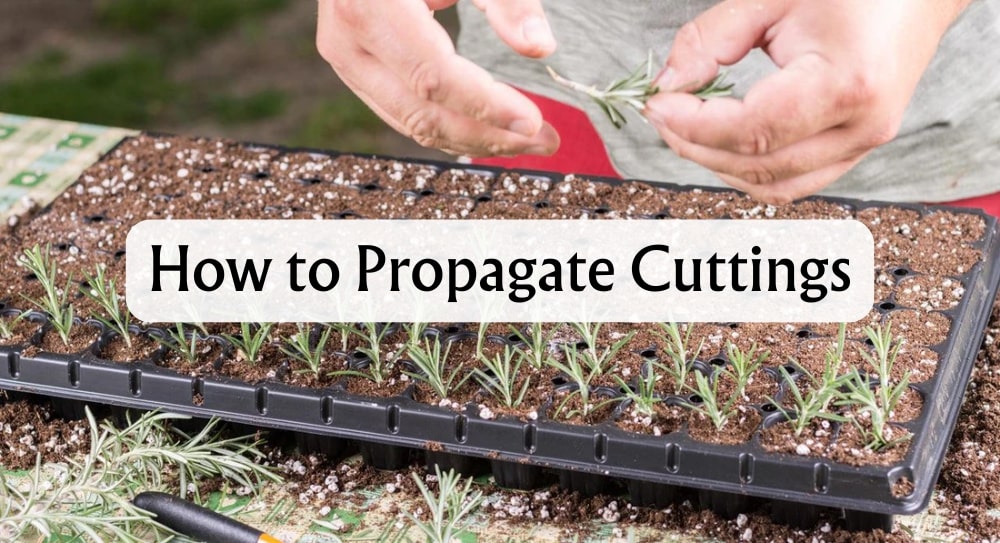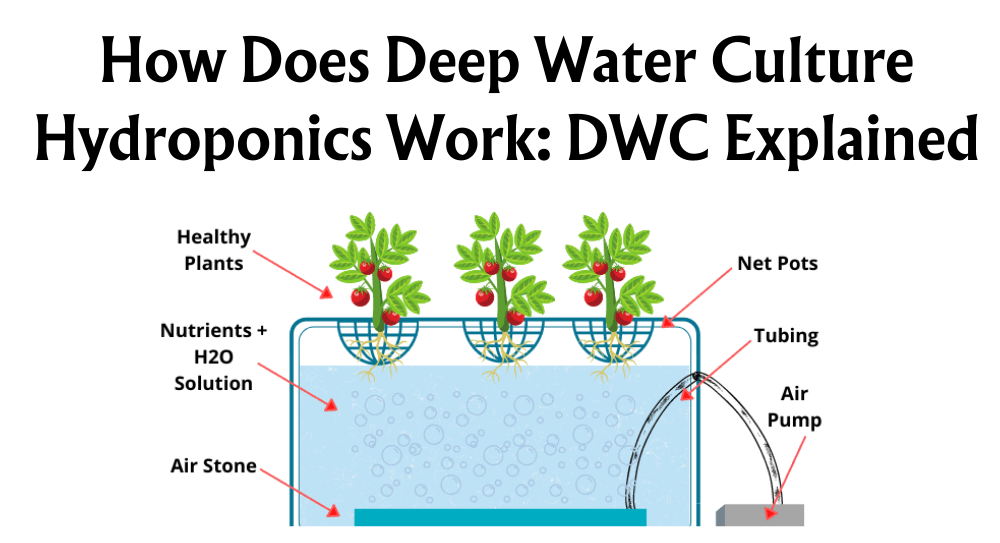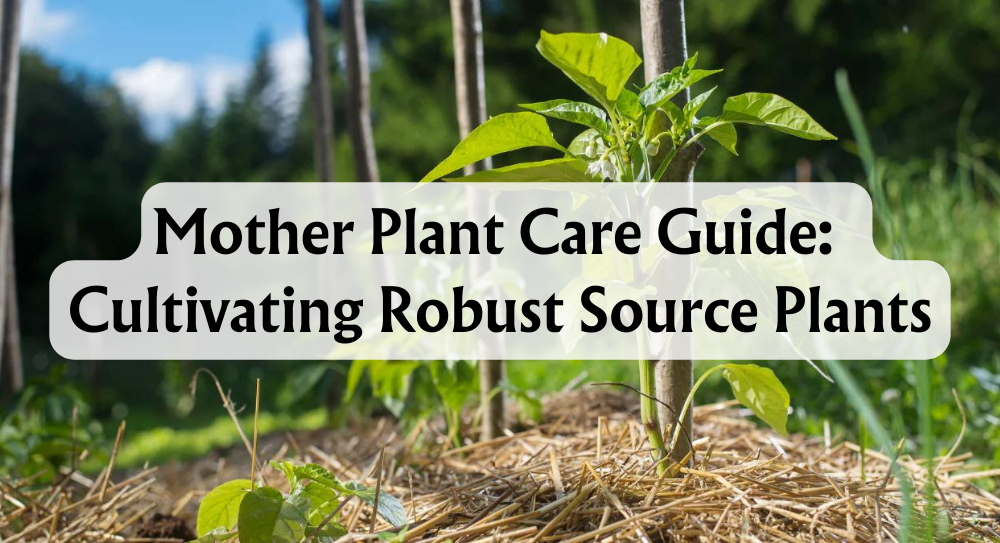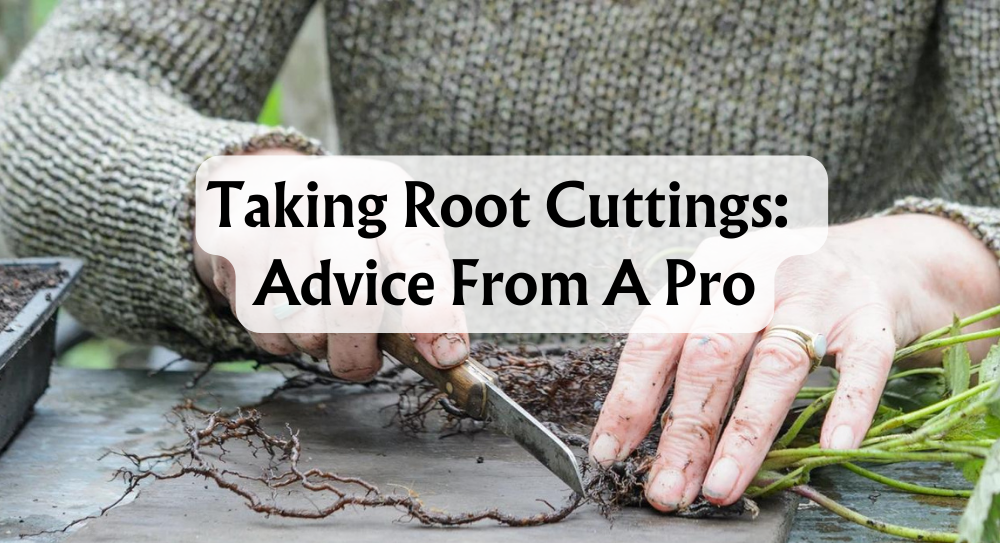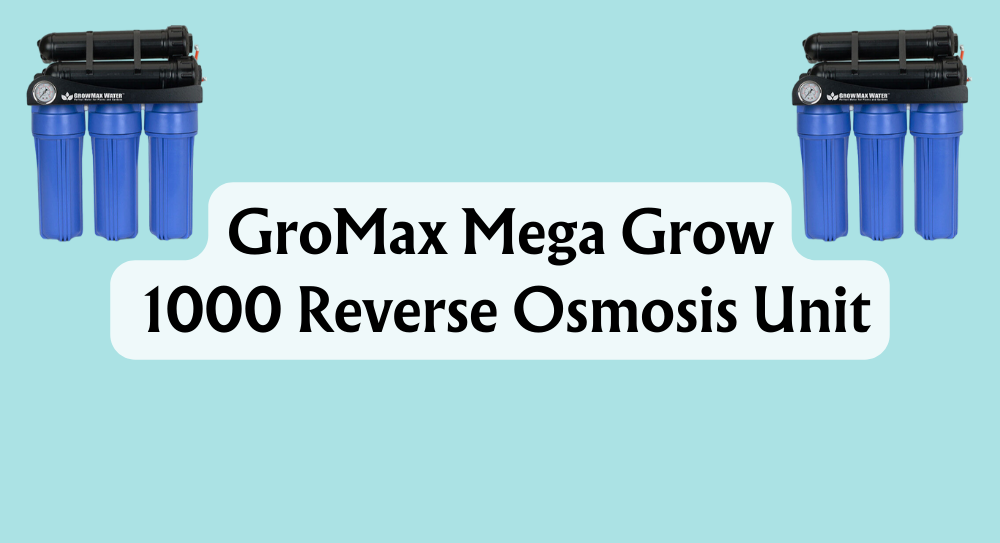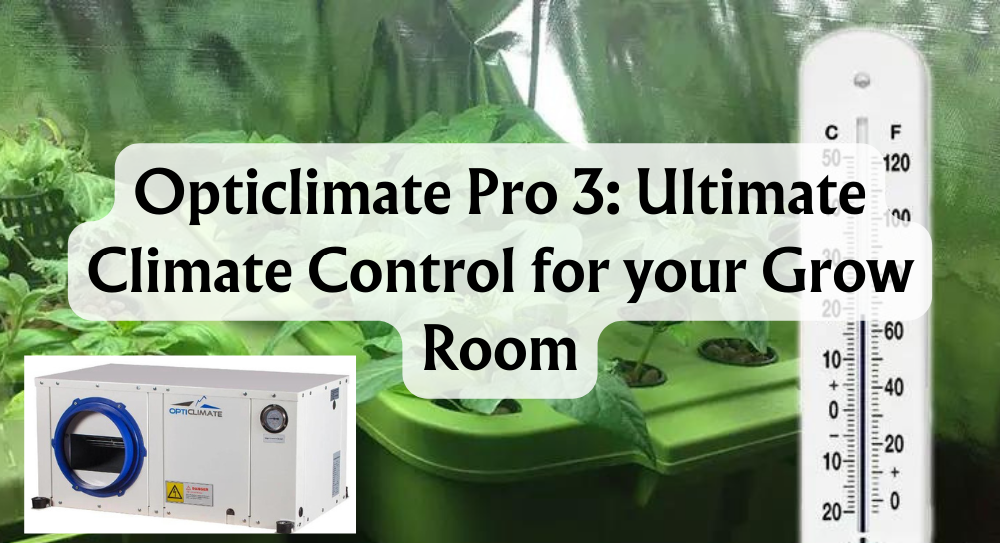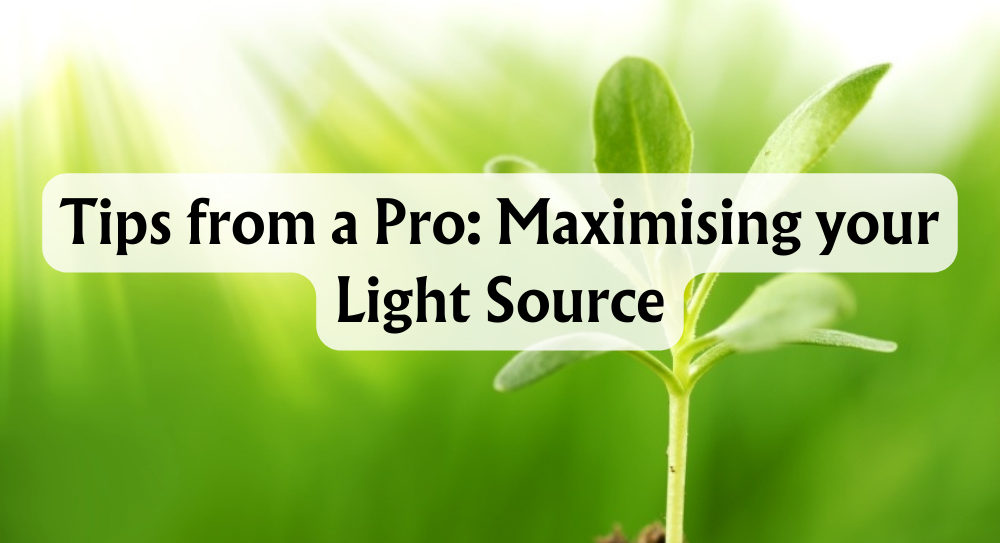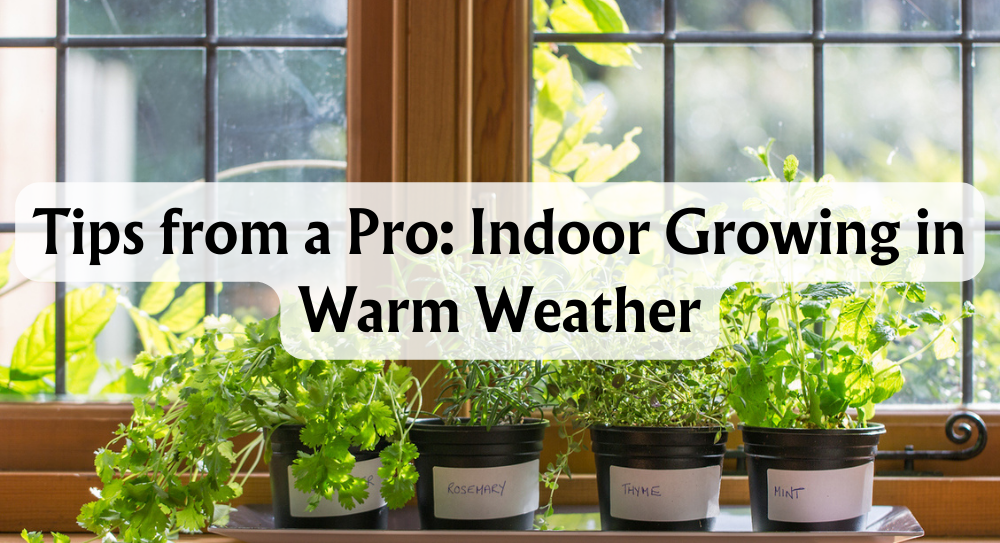How to Keep Hydroponics Cool
Keeping our hydroponic systems cool is crucial for ensuring optimal plant growth and yield. Excessive heat can lead to a range of problems, including reduced oxygen levels and impaired nutrient absorption, ultimately affecting plant health. We need effective strategies to maintain water temperatures, especially in the hydroponic reservoir, to protect root health and boost productivity.
Reflective insulation, increased reservoir size, and water chillers are some methods to cool your hydroponic system. These techniques help keep your hydroponic reservoir cool, providing a conducive environment for plant growth. Some gardeners prefer cooling coils or aeration techniques, which are simple yet effective in achieving the desired temperature of the water.
Keeping the reservoir cool becomes even more important if we live in areas with hot climates. The robust approach involves combining several techniques for better results. By doing this, we can create the optimal conditions needed for our hydroponic gardens to flourish, ensuring a bountiful harvest.
Key Takeaways
- Maintaining a cool hydroponic reservoir is crucial for plant health.
- Combine multiple techniques to achieve effective cooling.
- High water temperatures can negatively affect nutrient absorption.
Importance of Cool Reservoir Temperatures
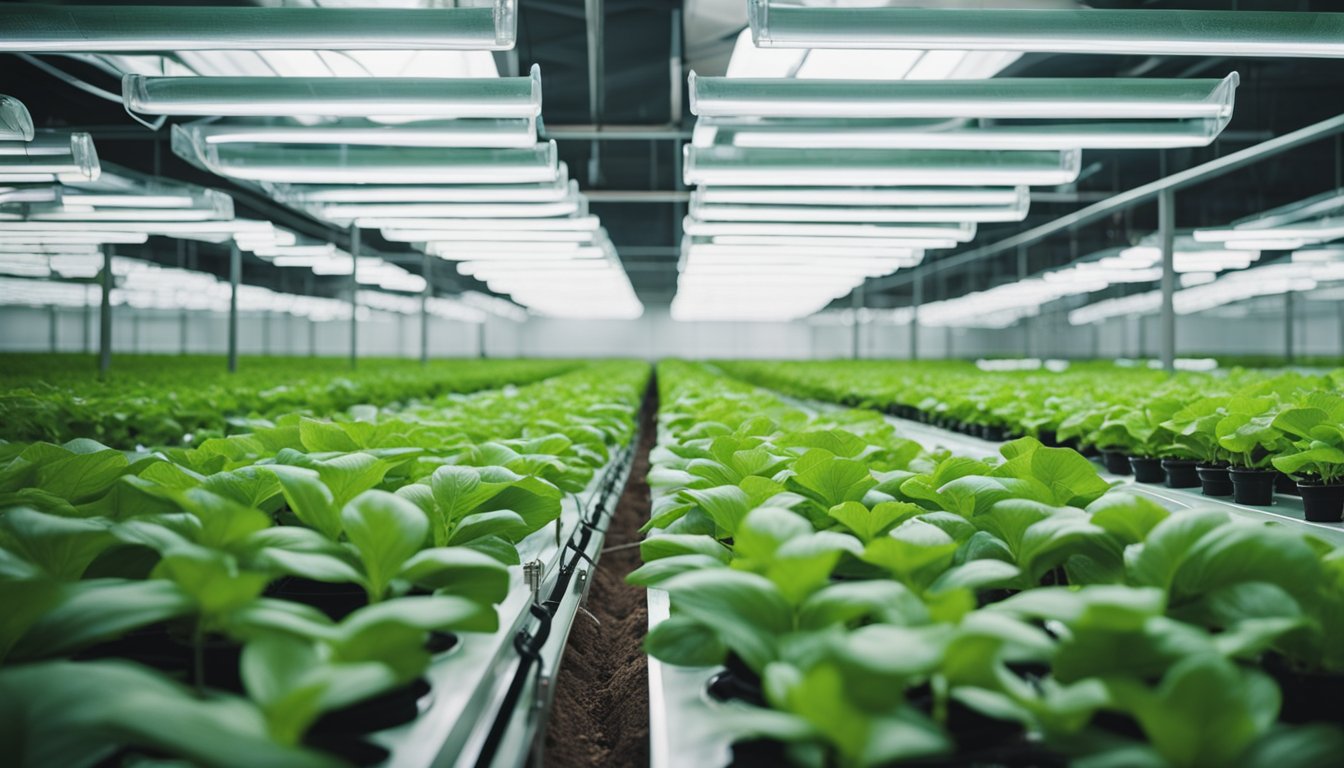
Optimal Temperature Ranges
The ideal temperature for hydroponic water is between 18-23°C. Maintaining this range promotes peak plant health and growth. When the temperature gets too warm, the reservoir water can hold less dissolved oxygen. Reduced oxygen levels can lead to root stress and potential plant health issues.
Pathogen Growth Risks
Warmer water in hydroponic reservoirs creates an environment ripe for pathogen growth. Unhealthy root masses can become breeding grounds for pathogens like root rot. Keeping your hydroponic water on the cooler side helps in safeguarding our plants from these harmful organisms.
Risks of Overheated Water
When water temperatures rise, it negatively impacts plant growth and hydroponic nutrient uptake. Nutrients may not be properly absorbed by plant roots without appropriately chilled water, leading to deficiencies and slow growth. There's a shadow of risk looming over plant health.
Methods to Keep Cool Reservoir Temperatures

In our quest to maintain cool temperatures in hydroponic systems, several effective methods stand out. These approaches focus on reducing heat absorption and maintaining consistent water temp to ensure healthy plant growth.
Paint Your Reservoir
To combat heat absorption, painting the reservoir with reflective paint can be incredibly effective. Reflective or white paints help in reducing the amount of heat absorbed by the surface. A cooler surface can help cool water, an essential factor in maintaining stable temperatures.
We recommend using reflective paints specifically designed for outdoor use, which are typically UV-resistant. These paints bounce off the sun's rays, drastically minimising heat transfer. Ensuring even coverage is critical, and it may be beneficial to apply multiple coats for maximum efficiency.
Shade Your Reservoir
If you put the reservoir in a shaded area, it is one of the ways to keep water cool. Shading reduces direct sunlight exposure, thus maintaining lower temperatures and protecting reservoirs from excess heat.
We can use several DIY shading methods. Shade cloths and UV-resistant covers are effective tools, creating protective barriers against the sun. Strategy-wise, positioning reservoirs in locations naturally shielded by trees or structures can also offer protection, further enhancing temperature management.
Use a Chiller
Investing in a water chiller may be a game-changer for those living in warmer climates. Chillers function by maintaining a consistent and desirable temperature for your hydroponic reservoir, tapping into cooling technologies similar to those used in aquarium systems.
Consider the case of a gardener from a warm region who used a chiller to keep their system's temperature stable, resulting in healthier plant growth. In terms of cost, chillers might present a higher upfront expense, but they offer long-term benefits through reduced plant stress and increased yield potential.
Increase the Reservoir Size
Larger reservoirs tend to stay cooler due to their thermal mass. Simply put, larger volumes of water are slower to heat up and cool down, offering more stable water temperatures. This increased stability leads to a more balanced and responsive hydroponic system.
To achieve this, consider upsizing your reservoir with larger containers. This proactive approach not only helps in temperature regulation but also ensures a consistent nutrient supply, ultimately fostering healthier plant growth.
Top Off the Reservoir
Regularly topping off your reservoir with cool water plays a crucial role in temperature management, especially for smaller systems prone to rapid temperature changes. This practice ensures a fresh influx of cooler water, which helps moderate the overall temperature.
When topping off, it's vital to avoid shocking the plants. Adding water slowly and ensuring it's appropriately conditioned can help prevent thermal shock. Following these practices keep your hydroponic reservoir at optimal temperatures.
Bury the Reservoir
Burying your reservoir tank takes advantage of the insulating benefits of soil, which naturally stabilises temperature. If you move your reservoir underground you can maintain cooler temperatures, efficiently cooling the water inside your reservoir.
To bury a reservoir safely, dig a trench and place your reservoir securely. Ensure proper sealing to prevent contamination and consider the terrain to avoid drainage issues. This natural cooling method can be incredibly effective, particularly for outdoor systems.
Add Ice
Using ice packs or frozen bottles offers a temporary solution to cooling when temperatures spike unexpectedly. This method can be a lifesaver in emergencies, offering quick relief from overheating.
Pros include easy application and immediate effect, but we must be cautious about potential nutrient imbalances. Wrapping ice in bags or submerging it in plastic bottles can minimise disruption, providing a safe and straightforward cooling method when urgent intervention is needed.
Conclusion
Let's recap how we can keep hydroponic water temperature cool.
Practical Tips:
- Reflective Insulation: This simple DIY method helps by throwing light back onto plants while cooling the system.
- Increasing Reservoir Size: Larger reservoirs warm water more slowly, making them more effective in maintaining stable temperatures.
- Water Chillers: A dedicated cooling device that maintains the nutrient solution temperature effectively.
- Location: Placing the reservoir in a cool area helps avoid temperature spikes.
Trying out different methods allows us to understand what works best for our systems, climate, and budget.
Consistent Monitoring:
Regularly measuring the water temperature to ensure our systems are maintaining optimal conditions. This commitment to checking ensures our plants are thriving.
Experimentation Leads to Success:
Whether we invest in a chiller or opt for more budget-friendly options like insulation, staying flexible and open to new methods can enhance our hydroponic experiences.
Keeping our hydroponic nutrient solution cool is key to robust plant growth. Through a variety of techniques, we can create ideal conditions for flourishing gardens.
Our shared journey involves learning, adapting, and embracing innovations to master hydroponics.







 Store Locator
Store Locator

